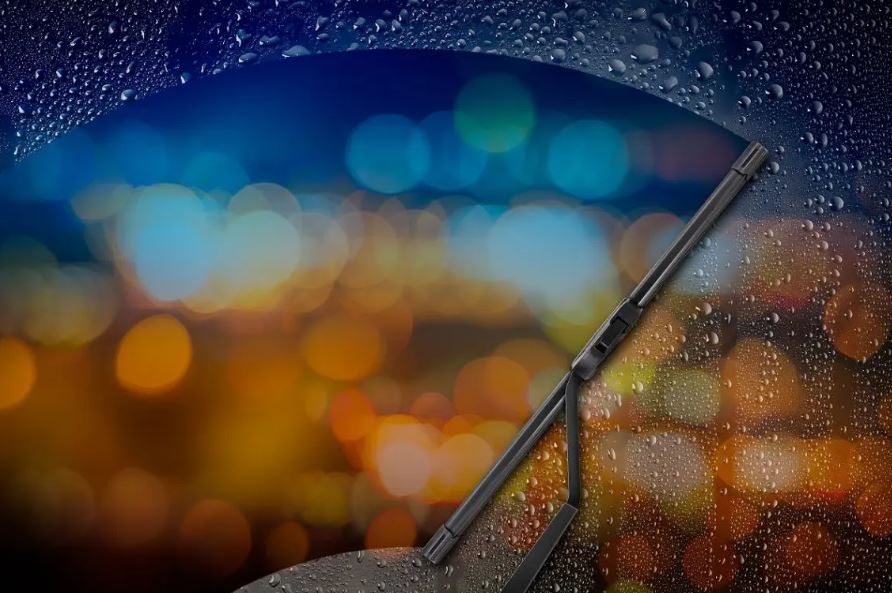While driving during the day has its dangers, we often don’t consider the added dangers and risks of driving at night. From headlights shining in your eyes, rush hour and fatigue there is more on the roads to be aware of at night. Recent research published by Budget Direct shows that drivers are four times more likely to have a fatal crash due to fatigue between the houses of 10pm and dawn. Fatigue was also one of the top four causes of fatal car accidents in Australia in 2016, making up 10% of the numbers. In a 2017 article for insurance giant QBE, Jerome Carslake, Manager at the National Road Safety Partnership Program said that the ”most common causes of road fatalities and serious car accidents are fatigue, speed, distraction and alcohol or drugs.” He states that 90% of all crashes come down to a minor mistake – being distracted, fatigued or being slightly over the speed limit.
How You Can Stay Safe When Driving at Night
With driving at night often being riskier than driving during the day, there are some simple steps you can take to keep yourself and your passengers safe. Common sense of course plays a major role – learning to drive safely at night will reduce your chances of being involved in an accident, particularly if you have only just started learning to drive, or you aren’t confident of driving in the dark.
1. Turn your headlights on
Using your headlights is essential at night and when the light gets low (during rainy periods or in a dust storm for example), and you should be turning them on as the sun goes down. While using your headlights at night of course helps you see on the roads, by turning them on a little earlier, you become more visible to the drivers around you. Remember not to use your high beam lights unless there is no oncoming driver, or car in front of you.
2. Leave Room
We know it is essential to leave room between us and the driver in front to give enough stopping room should either of you need to stop in an emergency. However, at night, it is highly beneficial to leave that little bit of extra room. This will put the driver in front of you at ease and will ensure that your headlights aren’t glaring into their mirrors or into their eyes. Visibility is already less at night, the last thing you want to do is make that visibility worse.
3. Be on Alert
Unlike driving during the day when we can see what is happening around us, driving at night lowers the visibility which means you need to be even more alert, keeping an eye on other cars, animals or people on the side of road, or in storms, any debris that may be laying around.
4. Start Early
If you really need to be driving at night, for a long-distance trip for example, it is generally best to start as early as possible to help your body adjust. Waiting until after peak hour is one possibility, while you may like to leave in between that school rush and peak hour, giving you time to get away from the busy areas. Your body and vision generally adjusts better to starting in the daylight hours, and driving through sunset, dusk and then into the night, than if you left home in the middle of the night. Always remember to stop when you start to get fatigued – even if that means not pushing on to the next town and stopping where you are.
5. Clear Windscreens
One of the biggest ways to stay safe while driving at night is to ensure your windscreen is clean and free of damage. A cracked or chipped windscreen could cause light from other cars’ headlights to shine directly into your eyes, limiting your vision, while a dirty windscreen stops you seeing what is coming up. Before you do any night driving, always check your windscreen for dirt, chips and cracks.
If you’re heading out on a long drive that requires you to do some night driving, or you work late or start early, it’s best to be doing regular checks on your windscreens and windows for safety. If you notice a chip or crack, Autoscreens offers a mobile service to Perth, repairing or replacing your windscreens and windows at home or at work. Don’t put yourself or your family at risk from what is easily repaired.

Jason Squire has been in the automotive industry in the UK and Australia for over 25 years and started his own windscreen repair and replacement business, Autoscreens, in 2010.
Jason’s extensive professional qualifications and his broad industry experience paired with his military background means he brings an extraordinary level of skill, expertise and meticulous attention to detail to every aspect of his business.
Prior to starting Autoscreens, Jason worked for several leading international windscreen companies as well as spending a number of years in the armed forces. He has accumulated numerous professional qualifications, industry accolades and leadership awards, and is a highly respected volunteer in his local community.
Under his expert stewardship, Autoscreens has grown into one of the leading windscreen companies in Perth. Despite its success, he has ensured that the family-owned and managed company remains true to its founding values of integrity, quality and unsurpassed customer service.
To stay up to date with what is happening at Autoscreens, follow them on Facebook or Instagram.


